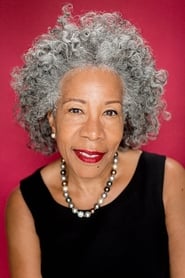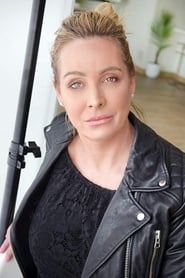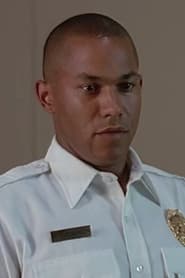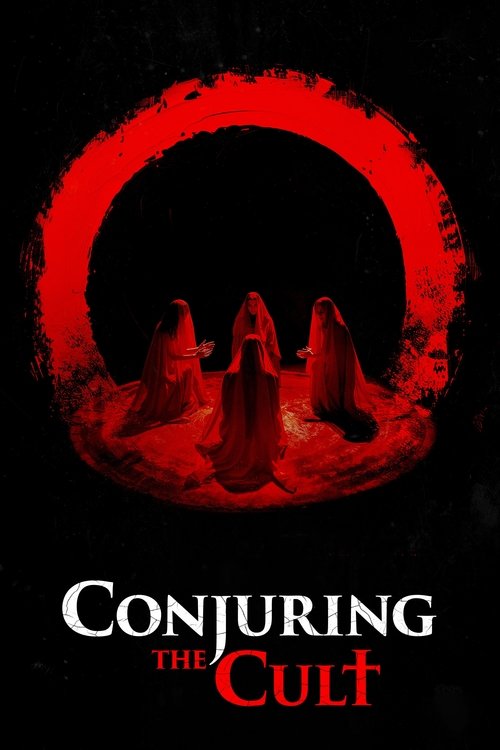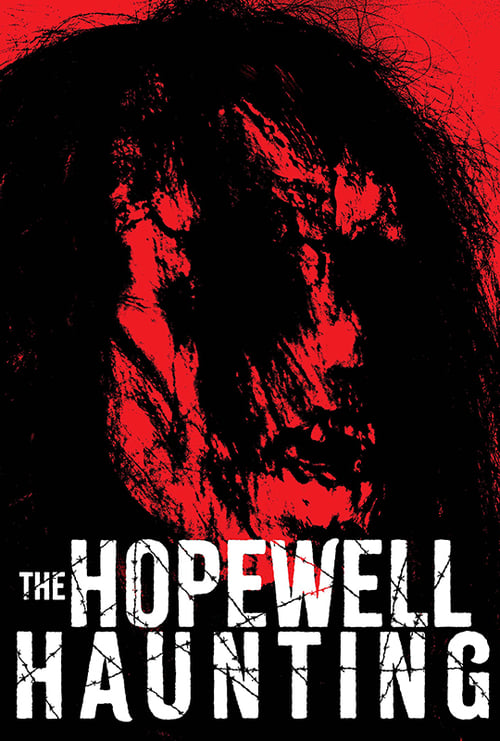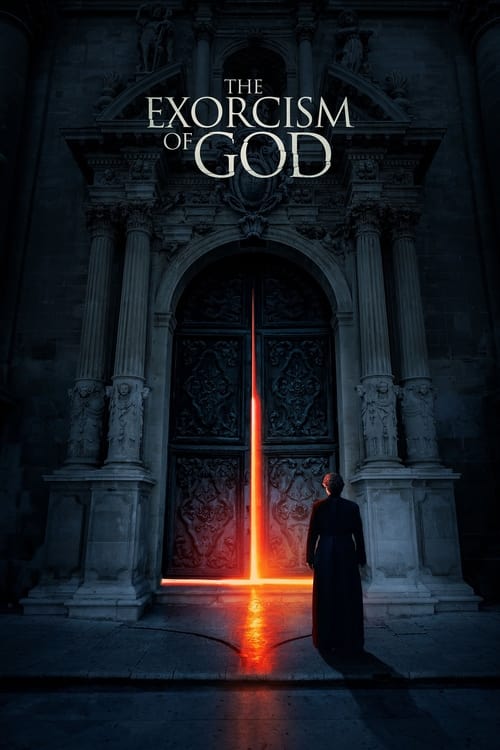
Ask Your Own Question
What is the plot?
What is the ending?
In the ending of "Run," Chloe discovers the truth about her mother Diane's dark secrets and her manipulative behavior. After a tense confrontation, Chloe manages to escape, but Diane pursues her. The film concludes with a shocking twist as Chloe is ultimately forced to confront her mother in a life-or-death struggle.
As the climax of "Run" unfolds, the tension escalates dramatically. Chloe, played by Kiera Allen, has been suspicious of her mother Diane, portrayed by Sarah Paulson, for some time. The final act begins with Chloe discovering a hidden stash of medication in Diane's belongings, which leads her to realize that her mother has been controlling her life far more than she ever imagined.
In a pivotal scene, Chloe confronts Diane about the pills, demanding to know why she has been taking them. Diane, with a calm yet sinister demeanor, tries to deflect Chloe's concerns, insisting that the medications are necessary for her health. However, Chloe's instincts tell her otherwise, and she becomes increasingly desperate to escape the suffocating grip of her mother.
The tension reaches a boiling point when Chloe, using her resourcefulness, manages to break free from her wheelchair and attempts to flee the house. The camera captures her determination as she navigates the obstacles in her path, showcasing her physical struggle and emotional resolve. The house, once a place of safety, transforms into a labyrinth of danger as Diane realizes Chloe's intentions and pursues her.
In a heart-pounding sequence, Chloe makes her way to the front door, but Diane intercepts her, leading to a confrontation that reveals the depths of Diane's manipulation. Chloe, fueled by a mix of fear and anger, fights back against her mother, who is revealed to be not just a controlling figure but a deeply troubled individual with a history of mental illness.
As the struggle intensifies, Chloe manages to gain the upper hand, but not without a harrowing fight. The scene is fraught with emotion, as Chloe's desperation to escape clashes with Diane's desperate need to maintain control. The physicality of their confrontation is visceral, with each character embodying their motivations--Chloe's fight for freedom against Diane's need to keep her daughter close.
In the final moments, Chloe manages to escape the house, but Diane is relentless. The film culminates in a shocking twist as Chloe, now outside, is faced with the reality of her mother's actions. Diane, in a last-ditch effort to reclaim her daughter, makes a final, desperate move that leaves Chloe with a choice that will define her future.
The film concludes with Chloe's fate hanging in the balance, as she stands on the precipice of freedom but is still haunted by the trauma of her upbringing. Diane's fate is sealed in a way that underscores the tragic consequences of her actions, leaving viewers with a chilling reminder of the lengths to which a parent can go to maintain control over their child.
In the end, Chloe's journey is one of survival and resilience, while Diane's character serves as a cautionary tale of the dangers of obsession and manipulation. The film closes on a haunting note, emphasizing the complex dynamics of their relationship and the scars that will linger long after the final confrontation.
Is there a post-credit scene?
The movie "Run," produced in 2020, does not have a post-credit scene. The film concludes with a tense and dramatic climax, leaving the audience with a sense of resolution regarding the main conflict between the characters. After the final confrontation, the credits roll without any additional scenes or content following them. The focus remains on the intense narrative and the emotional journey of the characters throughout the film.
What is the significance of the medication that Diane gives to Chloe?
The medication that Diane gives to Chloe is a crucial plot element that reveals Diane's controlling nature. It is later revealed that the pills are not for Chloe's supposed ailments but are actually a means for Diane to manipulate and keep Chloe dependent on her. This creates a sense of dread as Chloe begins to suspect that her mother is hiding something.
How does Chloe discover the truth about her condition?
Chloe discovers the truth about her condition when she finds a hidden bottle of pills in her mother's belongings. This moment is pivotal as it marks the beginning of Chloe's realization that her mother has been lying to her about her health and the extent of her disabilities. The emotional turmoil of betrayal and confusion drives Chloe to investigate further.
What role does the wheelchair play in the story?
The wheelchair serves as a symbol of Chloe's perceived limitations and her mother's control over her life. Initially, it represents Chloe's physical struggles, but as the story unfolds, it becomes a tool for her to escape. The wheelchair's presence heightens the tension, especially during the climax when Chloe uses it to confront her mother.
How does Diane manipulate Chloe's perception of reality?
Diane manipulates Chloe's perception of reality by fabricating her medical conditions and controlling her environment. She isolates Chloe from the outside world, creating a bubble where Chloe believes she is sick and dependent. This psychological manipulation is evident in the way Diane presents herself as a caring mother while simultaneously undermining Chloe's autonomy.
What is the significance of the final confrontation between Chloe and Diane?
The final confrontation between Chloe and Diane is a culmination of the tension built throughout the film. It represents Chloe's fight for freedom and her reclaiming of agency. The emotional stakes are high as Chloe confronts the truth about her mother's abuse, leading to a dramatic and intense showdown that highlights the themes of survival and resilience.
Is this family friendly?
"Run," produced in 2020, is a psychological thriller that may not be considered family-friendly due to its intense themes and suspenseful content. Here are some potentially objectionable or upsetting aspects that could affect children or sensitive viewers:
-
Themes of Control and Manipulation: The film explores the dynamics of a controlling parent-child relationship, which may be distressing for younger viewers.
-
Medical Issues: There are scenes depicting various medical conditions and treatments, including discussions about disabilities and medications, which could be unsettling.
-
Suspenseful and Tense Moments: The film is filled with suspenseful sequences that may induce anxiety, including moments of danger and fear.
-
Violence and Threats: There are instances of implied violence and threats that contribute to the overall tension of the narrative.
-
Emotional Distress: The protagonist experiences significant emotional turmoil, which may resonate deeply with sensitive viewers.
Overall, the film's intense atmosphere and mature themes make it more suitable for older teens and adults rather than younger audiences.








